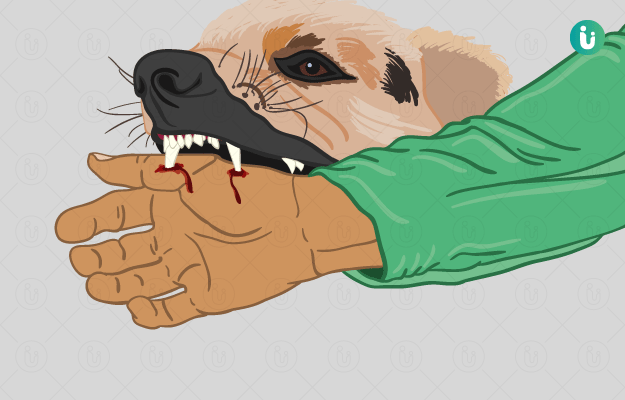Summary
Rabies is a disease that is caused by a virus, which is usually transmitted through the saliva of an infected animal. There are several carriers of rabies, the most common ones being dogs and bats. The virus may be transmitted through a bite or when an infected animal’s saliva comes in contact with an open wound. Once transmitted, the virus begins to lodge itself in the body and attacks the nervous system causing coma and eventually death if left untreated. There are two types of rabies – furious and paralytic. The main symptoms of rabies include sensitivity to light, pain and muscular spasms, drooling (hyper-salivation), and fear of water. In advanced stages of the disease, paralysis and coma commonly occur. Treatment for rabies includes a thorough cleaning of the infected area and administering a course of anti-rabies vaccines over the course of a few weeks. There are a few complications that can arise if rabies is not treated in time. Some people may experience seizures, respiratory failure, and brain swelling. Rabies is fully treatable and people with rabies can lead a healthy and normal life if timely treatment is administered.

 Doctors for Rabies
Doctors for Rabies  OTC Medicines for Rabies
OTC Medicines for Rabies















































